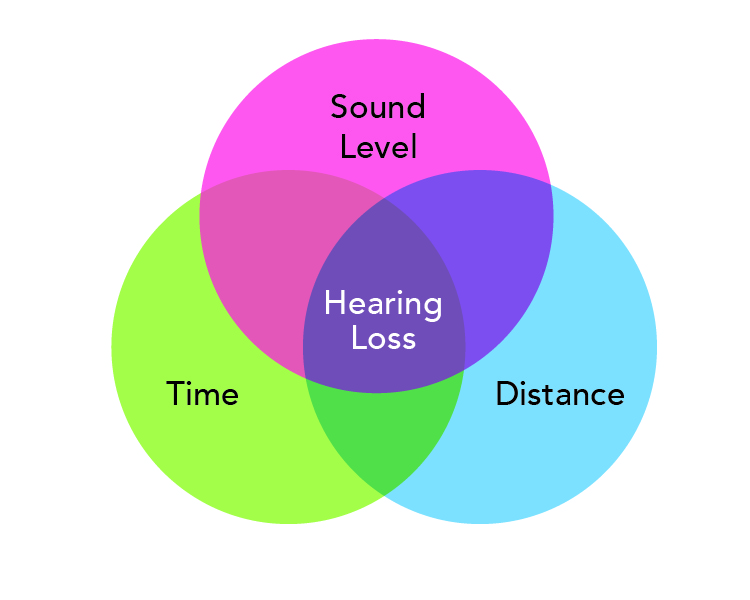- Messages
- 1,897
I'm a dinosaur who has never used an IEM system. My gigging life consists of either no monitor system at all or the old school drum wedges blaring 110db of white noise at you. So, hearing much of anything on stage sounds like a pie-in-the-sky fever dream. (also, sorry if I posted this in the wrong sub-forum, really wasn't sure where it would fit...)
However, my drummer and I are discussing getting IEMs for a variety of reasons both during practice and at gigs.
Since I really don't know much about them at all, and I hate buying the wrong thing, I figured there had to be no lack of people here with great knowledge, advice, insights, off-color jokes and entirely unrelated inappropriate memes to share on the topic.
However, my drummer and I are discussing getting IEMs for a variety of reasons both during practice and at gigs.
Since I really don't know much about them at all, and I hate buying the wrong thing, I figured there had to be no lack of people here with great knowledge, advice, insights, off-color jokes and entirely unrelated inappropriate memes to share on the topic.





